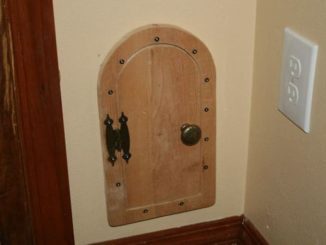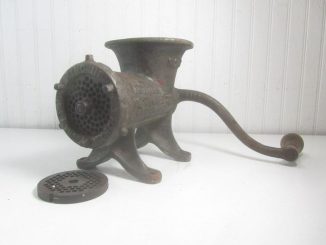Maintaining a bright, white smile is something most of us desire, but sometimes our daily habits sabotage our efforts. According to Dr. Ferakh Hamid, a UK-based dentist with over 20 years of experience, one simple mistake many people make while brushing is contributing to yellow teeth. And the good news? It’s a fixable error that anyone can adjust in their routine. Here’s what you need to know to keep your teeth looking their best.
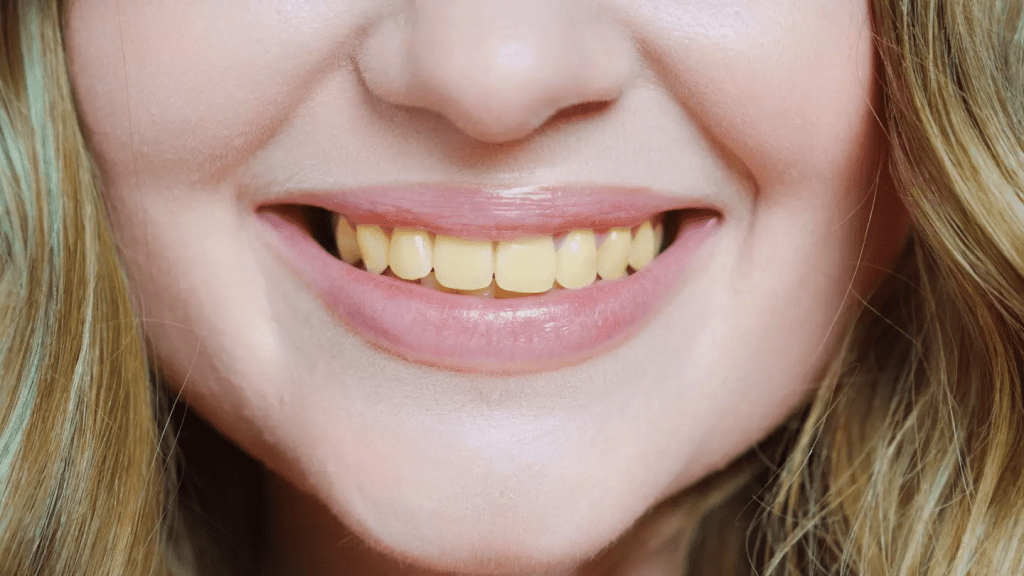
The Surprising Cause of Yellow Teeth: Brushing with a Dry Toothbrush
It might come as a surprise, but brushing with a dry toothbrush could be making your teeth look less white. Dr. Hamid explains that applying toothpaste directly to a dry brush means there isn’t enough water to lubricate and spread the toothpaste effectively. Without this essential moisture, toothpaste struggles to reach all areas of the teeth evenly, potentially leaving behind stains and causing teeth to appear yellow over time.
When there isn’t enough water to help the toothpaste spread, the bristles can be harsher on your enamel and gums, leading to irritation and even minor surface damage. Wetting the toothbrush before brushing allows the bristles to soften, making it gentler on your teeth and gums, helping avoid unnecessary wear on the enamel, and ultimately reducing discoloration.
Why Water Is Essential When Brushing
Water acts as a natural lubricant, not only making the brushing experience gentler but also helping the toothpaste’s ingredients distribute evenly across all surfaces of the teeth. When the toothpaste spreads well, it maximizes its stain-fighting ingredients like fluoride and abrasives, designed to remove surface stains without damaging the enamel.
Dr. Hamid points out that the key to brushing effectively is a gentle, even application of toothpaste, which can only happen if the brush is wet. This simple step enhances the paste’s cleaning power, allowing it to reach every corner of your teeth and reduce the risk of yellowing.
The Risks of Brushing Right After Eating Acidic Foods
Another critical habit Dr. Hamid warns against is brushing immediately after consuming acidic foods or drinks. Items like citrus fruits, tomatoes, soda, wine, and even certain meats contain acids that temporarily weaken the enamel, making it more vulnerable to damage from brushing.
Dr. Ezzard Rolle, a dentist from Columbia University, agrees and advises against brushing immediately after acidic foods. Instead, he suggests rinsing your mouth with water after eating acidic items to help neutralize the acids and initiate the enamel’s remineralization process. This step strengthens the enamel before brushing, reducing the risk of brushing away weakened enamel and preserving the natural whiteness of your teeth.
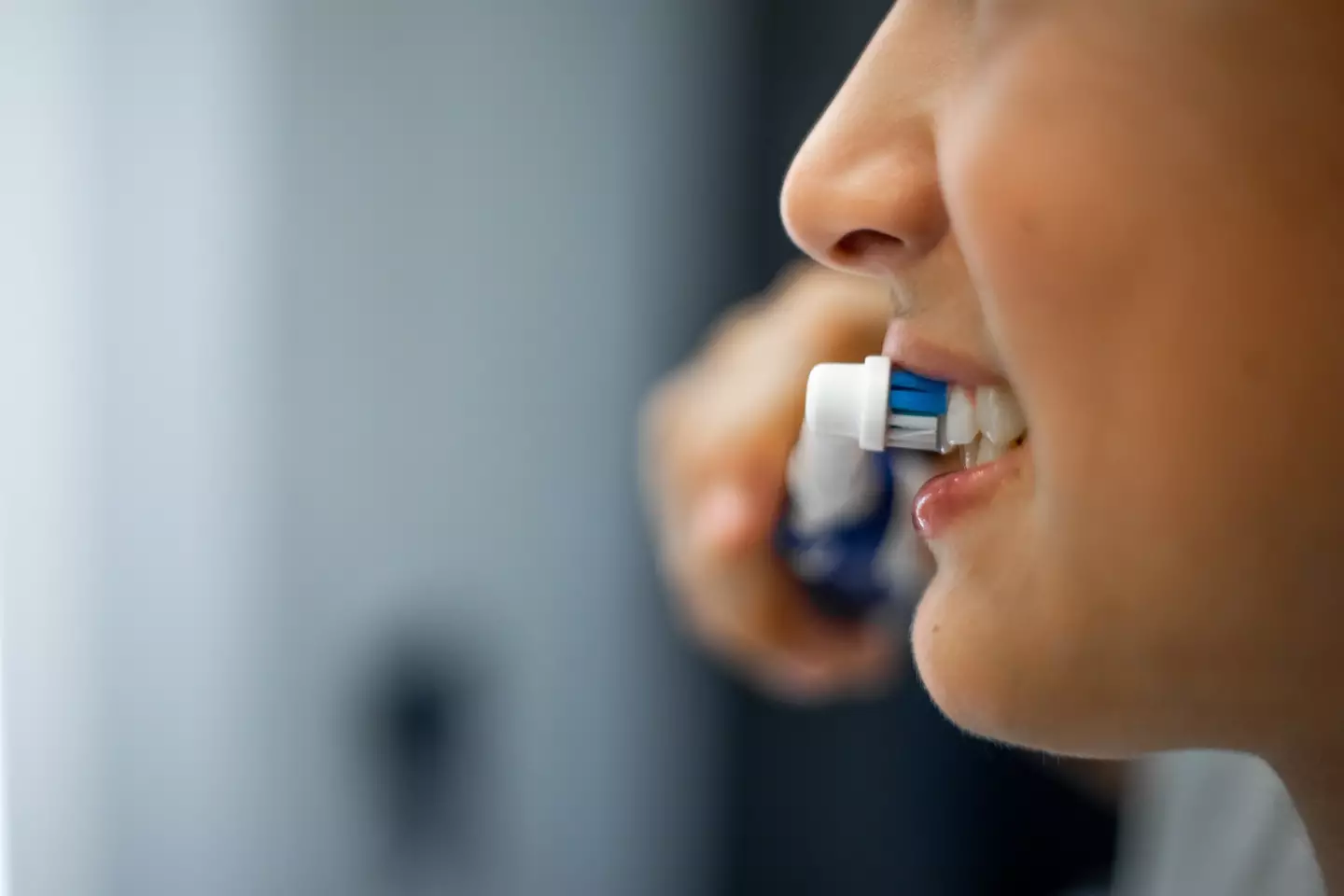
It’s important to keep your teeth healthy (Getty Stock Images)
A Gentle Technique: Proper Brushing Form Matters
Brushing technique is another key factor in maintaining a bright smile. Dr. Rolle recommends positioning the toothbrush at a 45-degree angle to the gums and using gentle, circular motions. This approach not only helps remove plaque and surface stains but also protects the gums from unnecessary abrasion.
Brushing too hard, especially with a dry toothbrush, can wear down the enamel over time, causing your teeth to appear yellow. By angling the brush correctly and using gentle strokes, you can effectively clean your teeth without risking enamel damage. And don’t forget to replace your toothbrush every three months or sooner if the bristles start to fray—old bristles can be rough on the teeth and may not clean as effectively.
Flossing and Rinsing: Essential Steps for a Whiter Smile
While brushing is essential, don’t overlook the importance of flossing and rinsing as part of a daily oral care routine. Flossing removes plaque and debris between teeth where a toothbrush can’t reach, preventing yellowing between teeth and reducing plaque buildup.
For an extra boost, rinsing with water or mouthwash after meals can wash away acids and bacteria that lead to discoloration. Incorporating these steps can make a significant difference in preventing yellowing and keeping your teeth bright and clean.
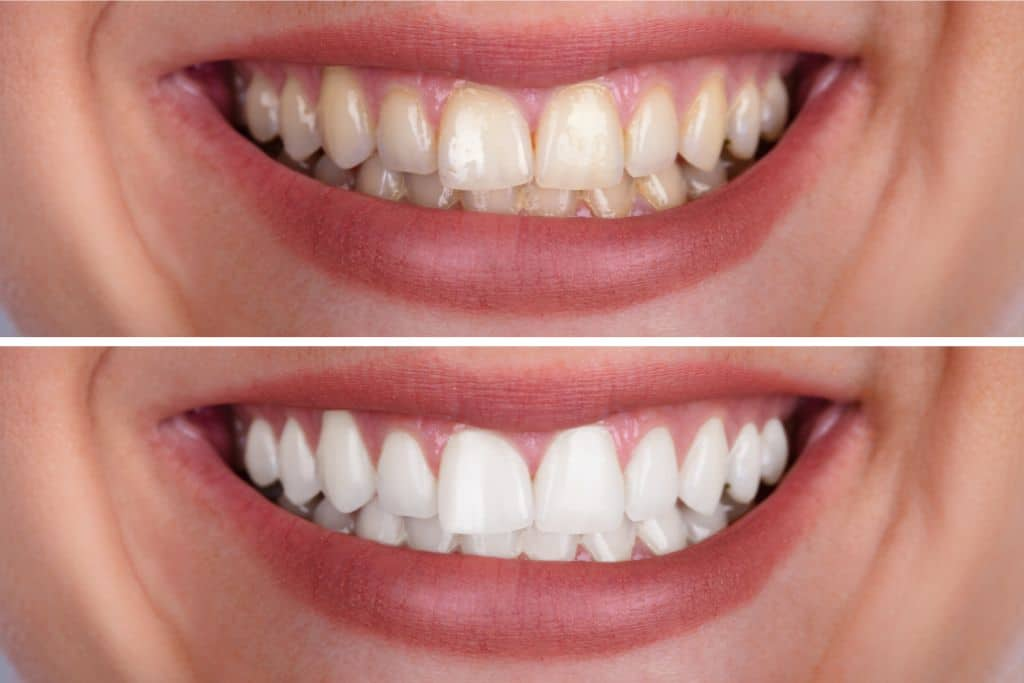
Other Tips for Maintaining White Teeth
While proper brushing habits are crucial, a few additional lifestyle tips can also help you maintain that bright smile:
- Limit Stain-Causing Foods and Drinks: Coffee, tea, wine, and certain berries are known to stain teeth. Drinking through a straw or rinsing your mouth with water afterward can reduce their staining effects.
- Stay Hydrated: Drinking water throughout the day helps wash away food particles and keeps your mouth hydrated, supporting saliva production, which naturally protects your teeth from staining.
- Chew Sugar-Free Gum: After meals, chewing sugar-free gum can stimulate saliva production, which helps neutralize acids and wash away food particles that can lead to yellowing.
- Regular Dental Check-Ups and Cleanings: Seeing your dentist twice a year for professional cleanings can remove stubborn stains and plaque that everyday brushing and flossing might miss.
Creating a Simple and Effective Oral Care Routine
Dr. Rolle emphasizes the importance of sticking to a consistent oral care routine. Ideally, you should brush and floss after each meal, but if that’s not possible due to a busy schedule, aim to brush and floss at least twice daily, with one of those times being before bed.
For the best results, follow this easy oral care routine:
- Rinse Your Mouth After Meals: If you consume anything acidic, rinse with water first to neutralize acids.
- Wet Your Toothbrush: Before applying toothpaste, wet the bristles to soften them, making brushing gentler on your enamel.
- Use Proper Technique: Hold the brush at a 45-degree angle to the gums, and brush in gentle, circular motions to avoid irritating the gums and wearing down the enamel.
- Floss Daily: Flossing once a day prevents plaque from building up between teeth, which can cause discoloration over time.
- End with Mouthwash: A mouthwash can help kill bacteria, freshen your breath, and add a final boost of fluoride to protect your teeth.
Conclusion: A Few Simple Changes Can Make a Big Difference
Yellowing teeth can be a frustrating problem, but understanding the common mistakes—like brushing with a dry toothbrush or brushing immediately after acidic foods—can help prevent discoloration. By taking a few easy steps, such as wetting your brush, using gentle techniques, and maintaining a regular oral care routine, you can keep your teeth brighter and healthier over the long term.
Remember, a beautiful smile doesn’t require complicated routines—just some mindful adjustments and a consistent approach. By making these small changes, you’re setting yourself up for a lifetime of healthy, radiant teeth.
